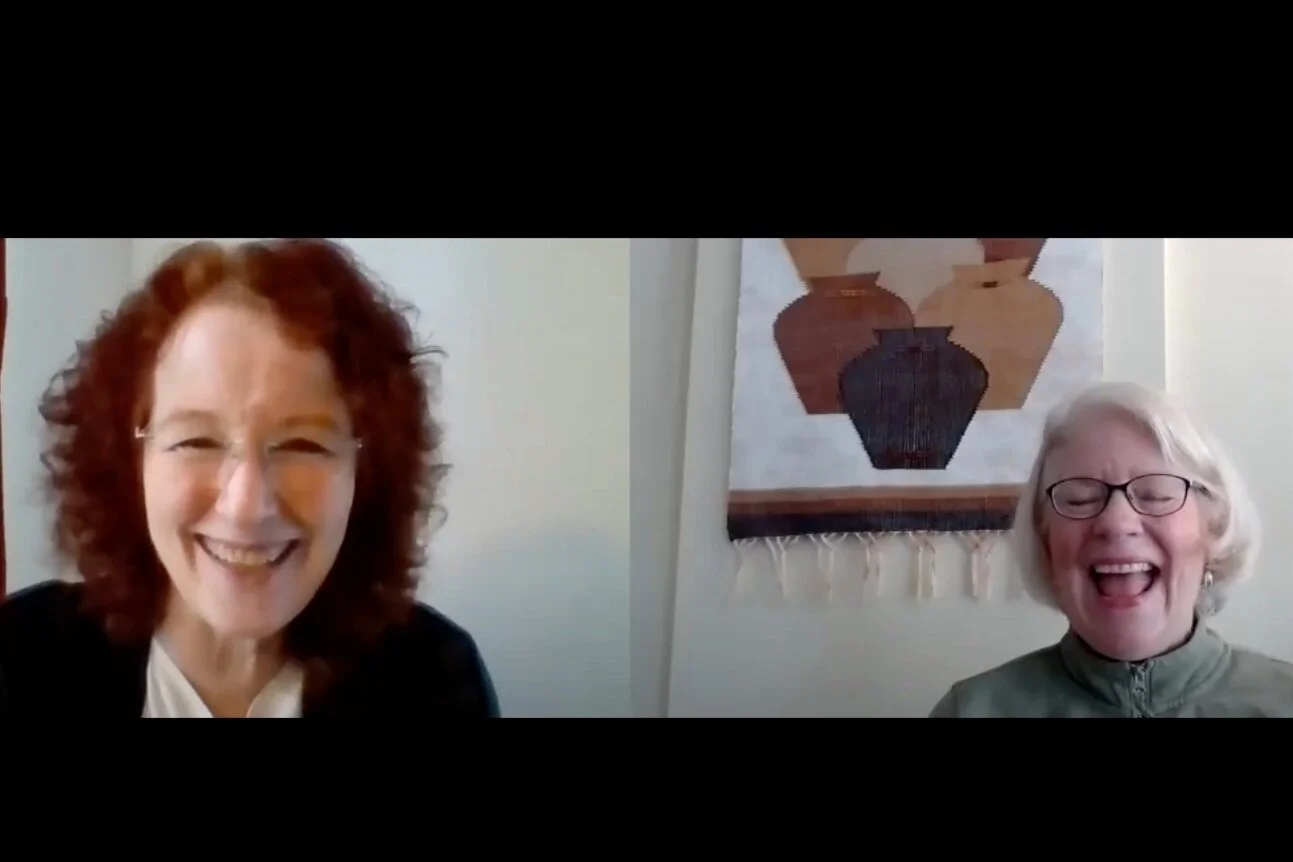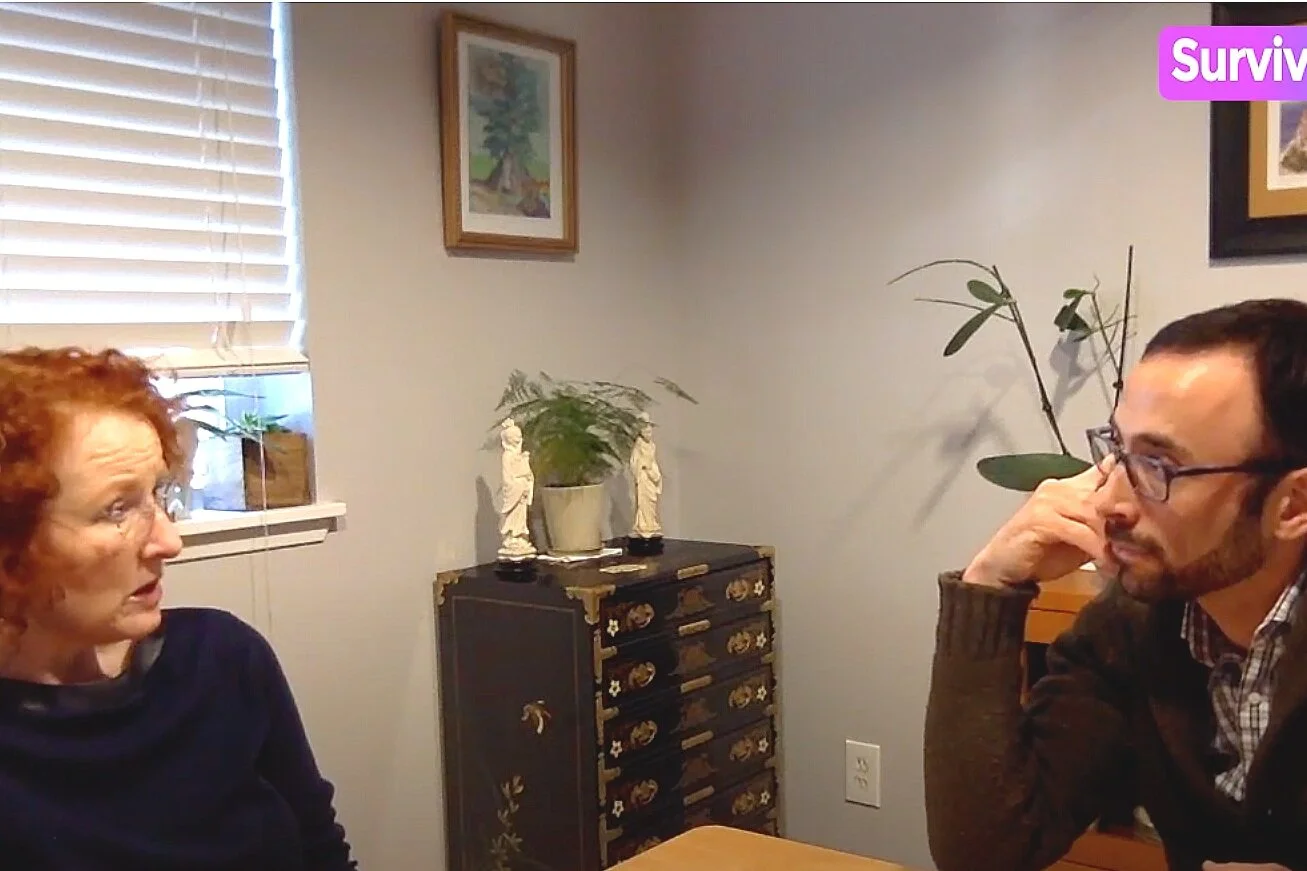Body? What body?!
Body space sense, also known as proprioception, is something all of us have and most can take for granted. It is the gravity sense anchoring and orienting us in the body, the surrounding environment, informing the more abstract concepts of time, math and underpinning our spatial abilities. The daily impact of a challenged body space sense has implications for both the internal/personal and external/ environmental interactions of anyone who faces these issues. Struggles with body space sense can manifest in three areas: the inner body, the outer body or higher function challenges. Depending on how the vestibular system is impacted someone might have challenges in one area or all three.
Inner Body
Where does it hurt? A simple question but it may feel like it hurts all over when you can’t isolate a single place or say it’s my stomach when you’re not sure where that is. Maybe a therapist is asking you to isolate a single body part or movement ie: putting your tongue behind your teeth to make a certain sound. Imagine how hard that would be if your mouth feels like a whole piece without separate parts. When the brain doesn’t have a map for the body it’s hard to drive “the car”.
Inner body space sense challenges can include:
· Unable to distinguish or isolate individual body parts
· Identifying sources of pain, especially internal pain, internal organs
· Body placement in therapy or activities, isolated movements
· Feeling unconnected to the body, unconnected to others, unconnected to yourself
· Contributes to anxiety, shyness, depression, lack of confidence
· Can appear volatile, impulsive, inconsistent, daydreamer
Outer Body
Know someone who stands too close, leaning on you or using you like a touchstone when conversing together? Those who lack a solid sense of where Body Space begins or ends quite often feel the need to get physically close to others to find those boundaries. While you may find it disturbing to have someone invade your personal space the concept of being too close literally doesn’t register with them. They often misjudge the space between people/ objects, the amount of force an action requires and push too hard, play too rough. This can result in them being labeled aggressive or a bully without really understanding why, particularly in childhood.
Outer body space sense challenges can look like:
· Craving deep pressure hugs, touch, wild body play
· Hard to calm down regulate after rough housing, playing
· Like tight clothing to give “edges” to body parts
· Need heavy blankets, another person or mountains of stuffies to sleep or sit still
· Touching objects in environment to orient themselves in a space, especially in a new space
· No sense of personal space, play too rough, knocking into people & objects.
Higher Function Challenges
He always runs late; his sense of timing is atrocious! She is smart enough but can’t do math or follow the steps to save her life. Does this sound familiar? Time, math, following a sequence, organizing, using spatial prepositions and setting priorities are grounded in our body space sense so when these are challenged on the physical level it translates to the more abstract concepts of our world as well. If I don’t have a physical grasp of behind or beside the nuanced use of these spatial descriptors will only confuse me. For example: I ask if you’re behind me when looking for support but they literally think you want them to stand behind you.
Higher function/ abstract challenges:
· Struggle with concepts of time, math, distances
· Struggle to grasp use of spatial prepositions and nuanced use of spatial language
· Hard to make or follow sequences, set priorities, or organize for learning / life skills
· Spatially set up, understand or visualize environments, navigate space with a body or vehicle
· Impacts relationships, employment, societal expectations, accepted behaviors
The body space sense is grounded in our sense of gravity also known as our vestibular system. It tells us up from down, side to side, it helps us move, turn and stand upright against gravity. When this sense is compromised, knowing where the pieces of your body are located and how everything fits into the world around you is a daily challenge. The impact cuts across all the emotional, behavioral, societal, functional, and learning planes of life. Imagine trying to drive a car that may or may not respond as directed while being dizzy and disoriented. Only slightly terrifying!
By doing rhythmic, repetitive, movement activities design to address the body’s connections to the brain the body space sense of gravity can be improved. Body mapping using targeted massage, joint tapping, reflex work and gradated deep pressure cupping massage can help bring change to all the challenged levels. When the body/brain together are more grounded so are our emotional responses, our behaviors become more controlled and learning can take place. Now your body is a comfortable place to inhabit and navigating the world is no longer quite such a formidable task. With a map and a vehicle that responds to your requests you can now joy the drive!
Feel free to contact me for a 30-minute complimentary phone consultation if you have questions. For more information related to this topic check out my blogs on gravity, facial reflexes or the vestibular system. Also, connect with us on Facebook to keep the conversation going! As always, in my world, every body should be a comfortable place to live in!






